Annie Lennox: ‘I want to use my voice to help empower girls and women around the globe’ (EXCLUSIVE)
As she publishes her first autobiographical book of photos and stories, Lennox talks to Attitude about her life’s journey and using her influence to fight for fairness
By Gaby Huddart
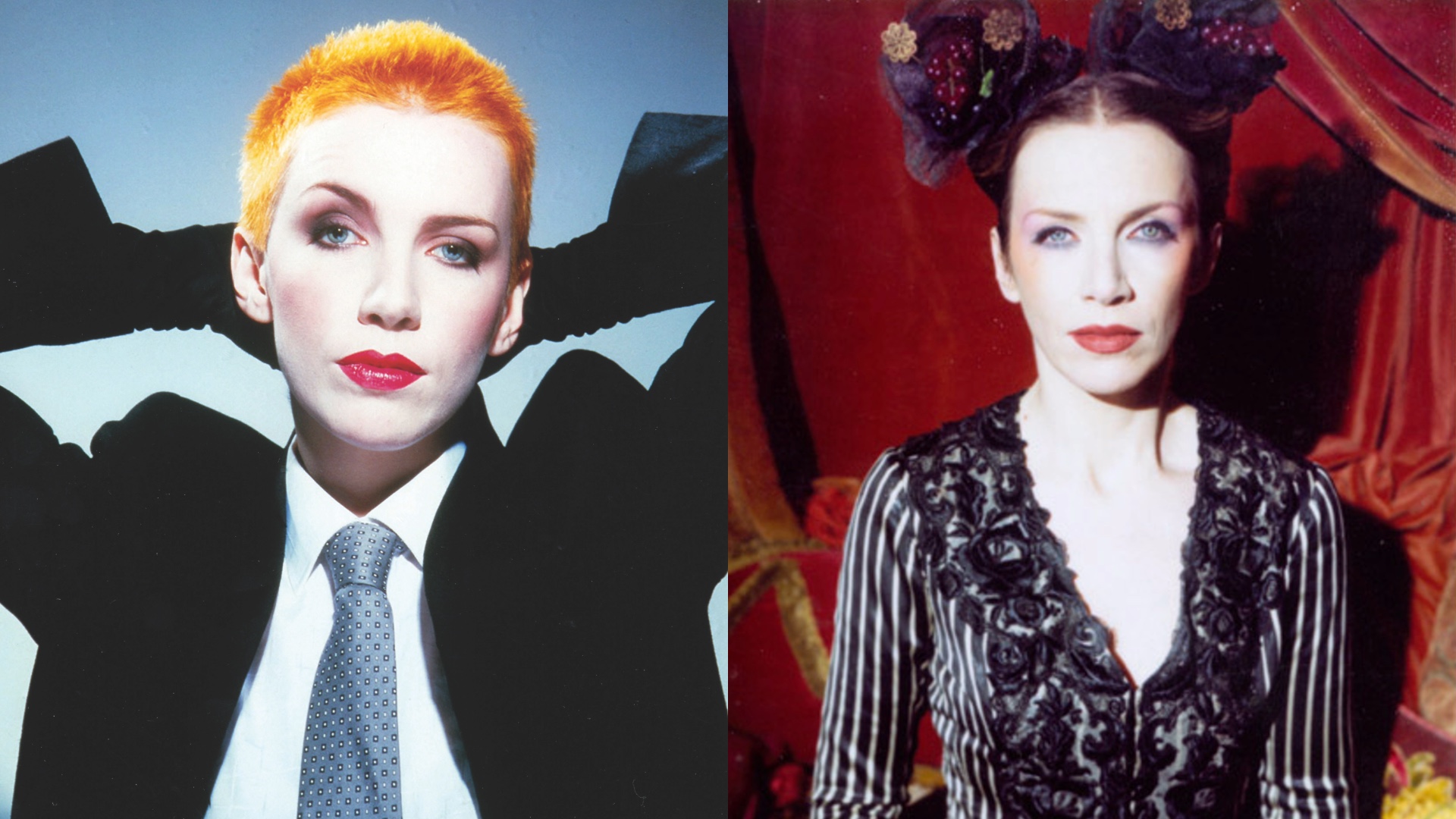
When Annie Lennox starts to sing, there is no voice in the world that comes close to her resonance, depth and emotion. Anyone who’s ever been to see her in concert will undoubtedly have felt goosebumps when listening to the power and feeling that bursts from deep within her as she performs No More ‘I Love You’s’, Walking on Broken Glass or Little Bird to name but three of her solo tracks. And for the generation who came of age in the 70s and 80s, when she was one half of the duo Eurythmics, songs such as Sweet Dreams Are Made of This, Here Comes The Rain Again and Who’s That Girl? are the very soundtrack of our youth.
Lennox’s career has seen her sell more than 83 million records worldwide and win a string of glittering accolades, including four Grammys, a Golden Globe, an Academy Award, eight Brit Awards (six for Best British Female, still an unbeaten record), not to mention an OBE bestowed by the late Queen Elizabeth II in 2010. She was also made a Fellow of the British Academy of Songwriters, Composers and Authors in 2015, the first female to receive the honour.
This is aside from the 20 plus awards that Lennox has received for her humanitarian and charity work, recognising her dedication to the fight against HIV and Aids and helping improve the lives of women globally. Because Lennox has never been afraid of using her powerful voice not only to sing but also to highlight injustice around the world.
“I was born into scarcity, with no guarantee of a better future”
This remains one of her key motivations to this day. As well as being extremely vocal on the current situation in Gaza and calling out the brutal and shocking treatment of Palestinians, Lennox is also forthright on what she feels about global aid cut-back which she says will result in the increase of preventable disease, with catastrophic consequences for women and children in the most disadvantaged parts of the world. “It’s catastrophic,” she says. “It feels like sometimes we go three steps forward and then four or five steps back and this feels like one of those moments. I feel I have to use my influence, however small, to push back on such injustice.”
We are talking as Lennox prepares to launch Retrospective, a stunning book of more than 200 photographs charting her life and career so far and the stories that accompany them. And the very early black and white pictures in the book, from Lennox’s childhood in Aberdeen, Scotland, serve as a reminder of just how far she’s travelled in life to become the influential figure she is today.
“I was born into scarcity, with no guarantee of a better future. My father worked in the shipyards from age 14, not knowing if he would always have a job, if there would be a contract for another boat, if the men were going to go on strike, or if there’d be an income coming in,” she explains. “There was a fair bit of stress in my family. A feeling that life is a constant struggle. I was always told ‘you’ll see when you grow up’ and ‘money doesn’t grow on trees’, so it felt as if growing up held some kind of inherent threat. There was this sense of ‘enjoy your childhood, because when you grow up, you’ll see that life’s tough’. They weren’t wrong, but it felt somewhat threateningly doom-laden.”
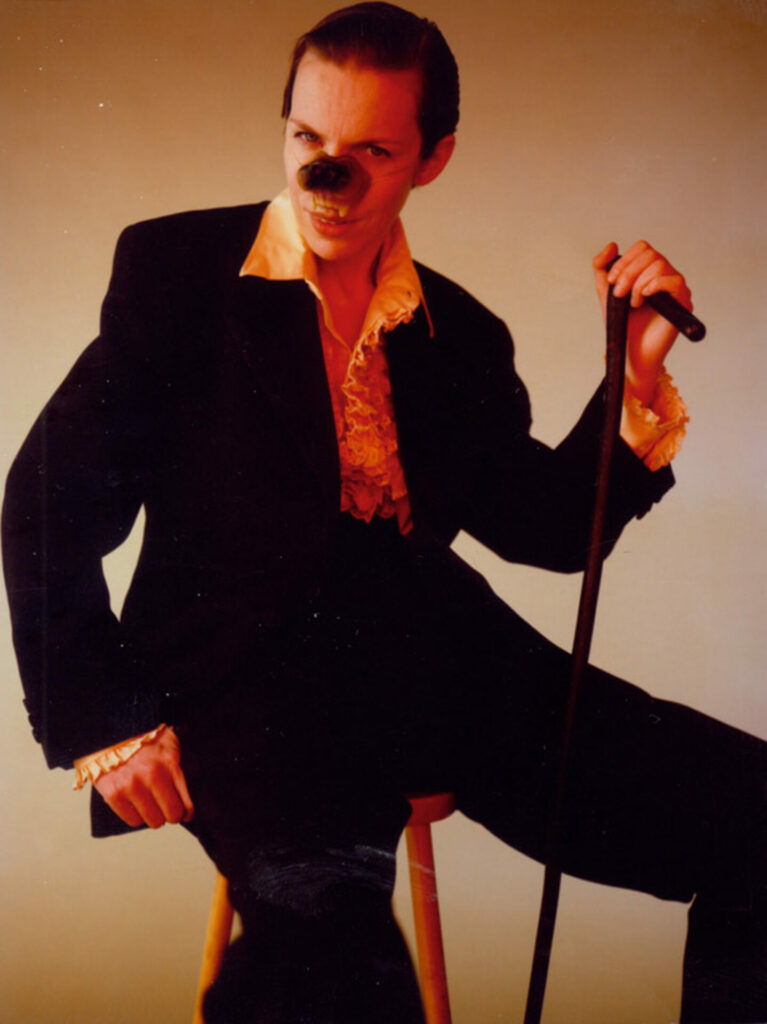
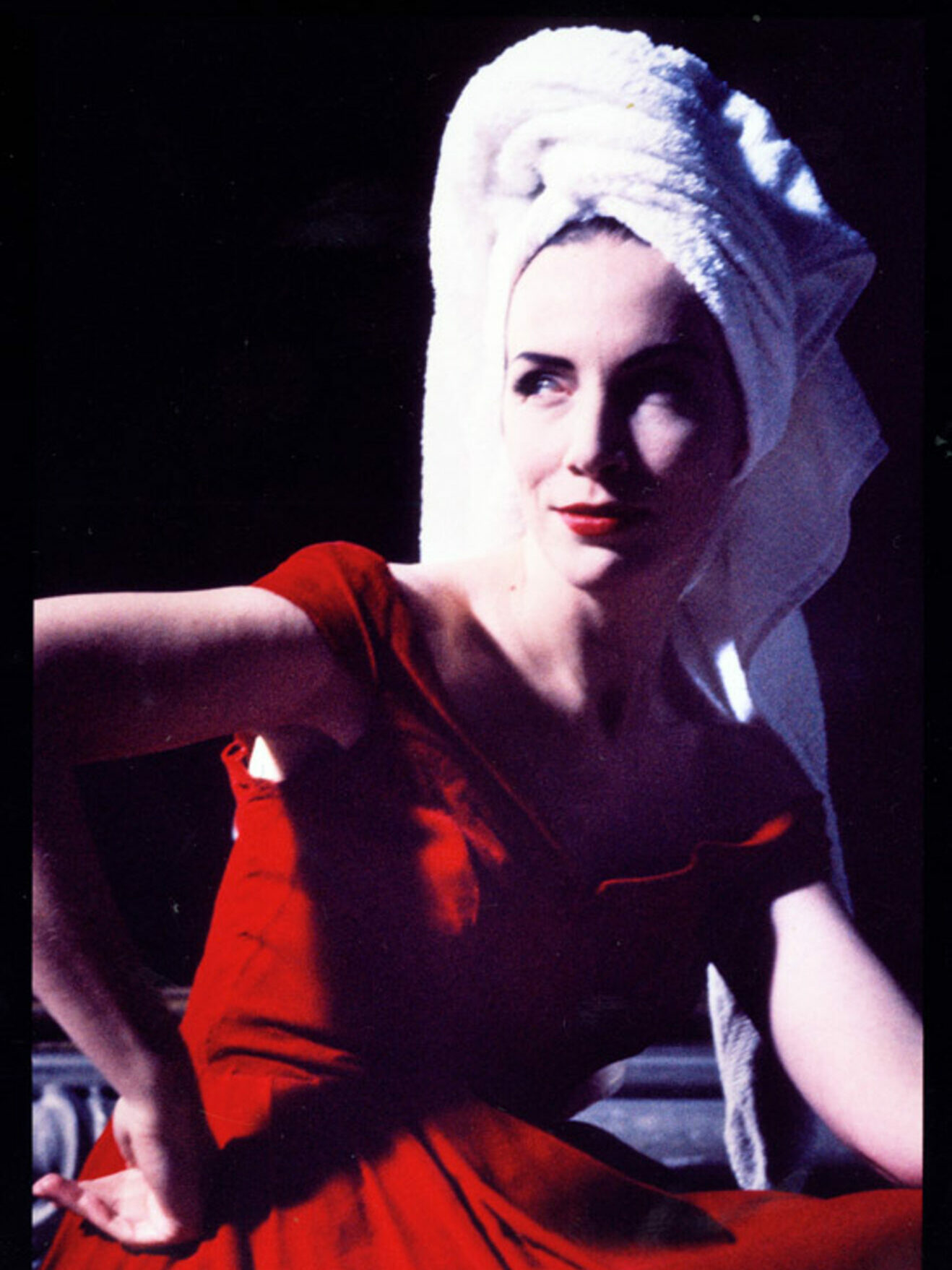
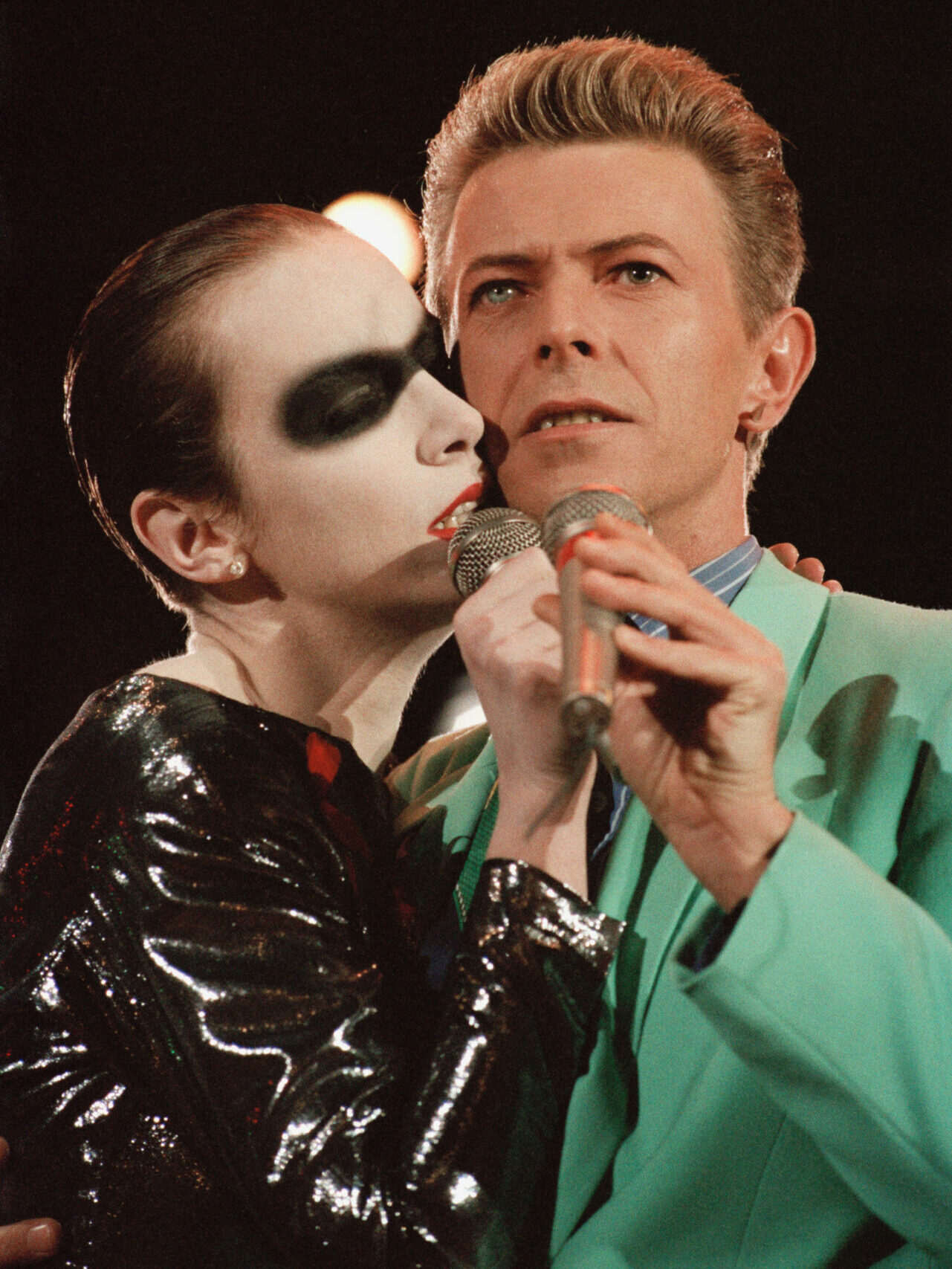
It was playing classical flute that proved to be Lennox’s passport out of the working-class tenements, when as “a naïve 17-year-old” she managed to get through the auditions and win a place to study at the world-renowned Royal Academy of Music in London. “But, when I got there, I soon realised that in London I was just one of many good flute players and, ultimately, the classical scene wasn’t right for me. It was too dry and academic and I didn’t have the background or knowledge I needed to fit in – I was a fish out of water.”
“Singing gives me an exalted feeling. When I start to sing, I step into another way of being – it’s an energy shift”
There’s little in the book from the early 1970s when she left the Royal Academy and grappled with what to do next. “I didn’t deliberately leave that out but there are only very few images from that time. I was so lonely and just trying to survive, moving from bedsit to bedsit every few months – I lived in about 25 different places all over London,” she says. “It was all hand to mouth, working in bookstores, waitressing, teaching flute, babysitting… anything to just get by.”
The turning point came when Lennox made the decision to use her voice as her instrument and become a singer songwriter instead of playing the flute. “Singing gives me an exalted feeling. When I start to sing, I step into another way of being – it’s an energy shift. I discovered that as a teenager; when you close your eyes, you enter into a boundless space. I felt it was my destiny to write songs, sing and perform.”
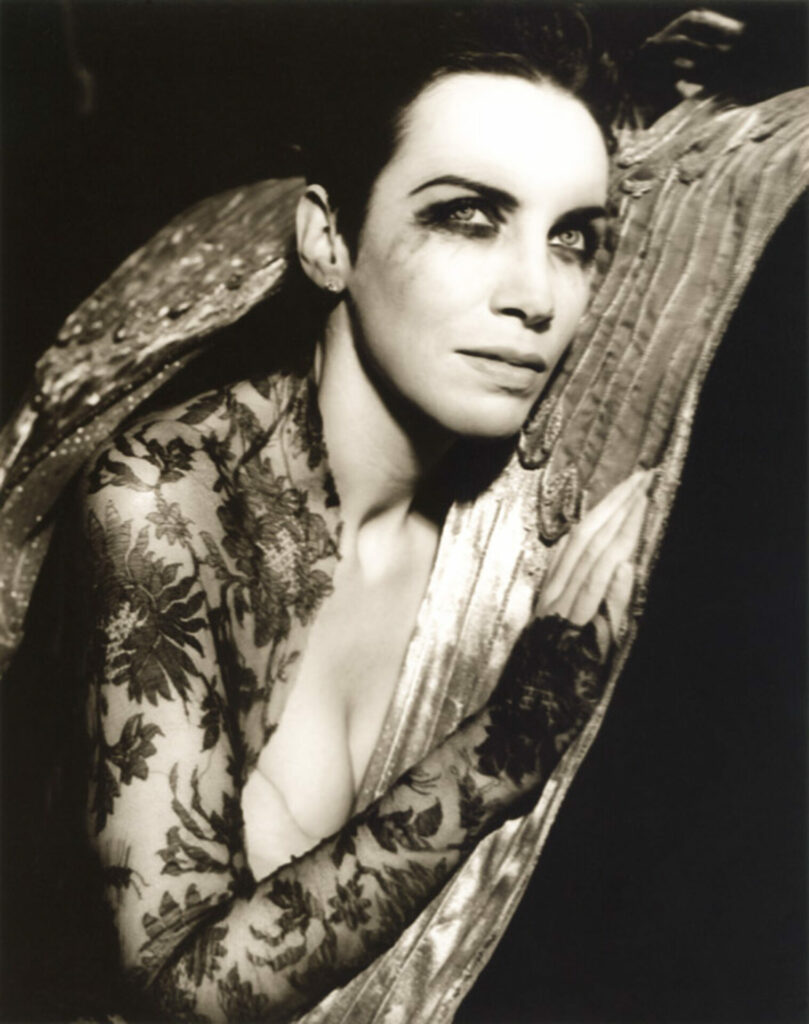
Introduced by a mutual acquaintance to fellow musician Dave Stewart in 1975 proved to be the catalyst for a new trajectory in her life and for this Lennox says she remains forever grateful. “So much of what’s happened in my life since then stems from our encounter.”
Not that the super stardom they achieved with their band Eurythmics, producing eight studio albums and going on tours around the world, ever came easily for Lennox, who confesses to having suffered terrible stage fright throughout her career. “I remember when I first went to sing by myself in Aberdeen Music Festival at the age of seven, I went on the bus with my mother and had the most terrible feeling in my stomach for the whole journey – that was my first experience of butterflies. As I stood up on the stage, my knees were literally knocking together in fear. That has accompanied me throughout my life, but I’m a fighter and have faced it down!”
“We don’t need to be afraid of our uniqueness; there are lots of us that are different than the mainstream”
One very striking aspect of the images in the book are the mould-breaking individual fashion choices that Lennox made both in Eurythmics and in her subsequent solo career. She shies away from the “androgynous” label, but she never felt the need to fit a sexy female stereotype. And she agrees that she never bought into the idea of working with big fashion labels or wearing expensive designer clothes.
“I was always more happy shopping in thrift stores and I still am. I didn’t ever want to be a clothes horse,” she says. “Creating my own style and identity gave me a sense of independence and freedom. One of my favourite photographs of Dave and I is from the Sweet Dreams era in the early 1980s, wearing matching suits we bought from an affordable men’s outfitter.”
Lennox’s tightly cropped hair also serves as a contrast to many of today’s female vocalists who sport long, glossy manes and is further evidence of her lack of vanity and her lack of desire to conform. “I just get the shears out, look in the mirror and Bob’s your auntie! It’s great because I don’t have to go to the hairdressers,” says Lennox. “I’ve also never done anything to my face. The pressure on older women to look young is so prevalent in the Western world. Sometimes I wish I could do something about these jowls and this neck and these wrinkles, but I made a decision not to let the idea of ageing be a terrifying thing. I’ve earned every one of these lines and aim to age with dignity and humour.”
Warming to her theme, Lennox says she would like more people to feel empowered not to fit a particular mould and to embrace their individuality in all areas of life. “We don’t need to be afraid of our uniqueness; there are lots of us that are different than the mainstream. It’s a special thing, but the problem is that certainly in the past, we were encouraged to conform to one thing. But people are not binary. We contain elements of opposites, difference. If I say I like pineapple, it doesn’t mean to say I don’t like oranges. Each of us, just like our individual thumbprint, is unique.”
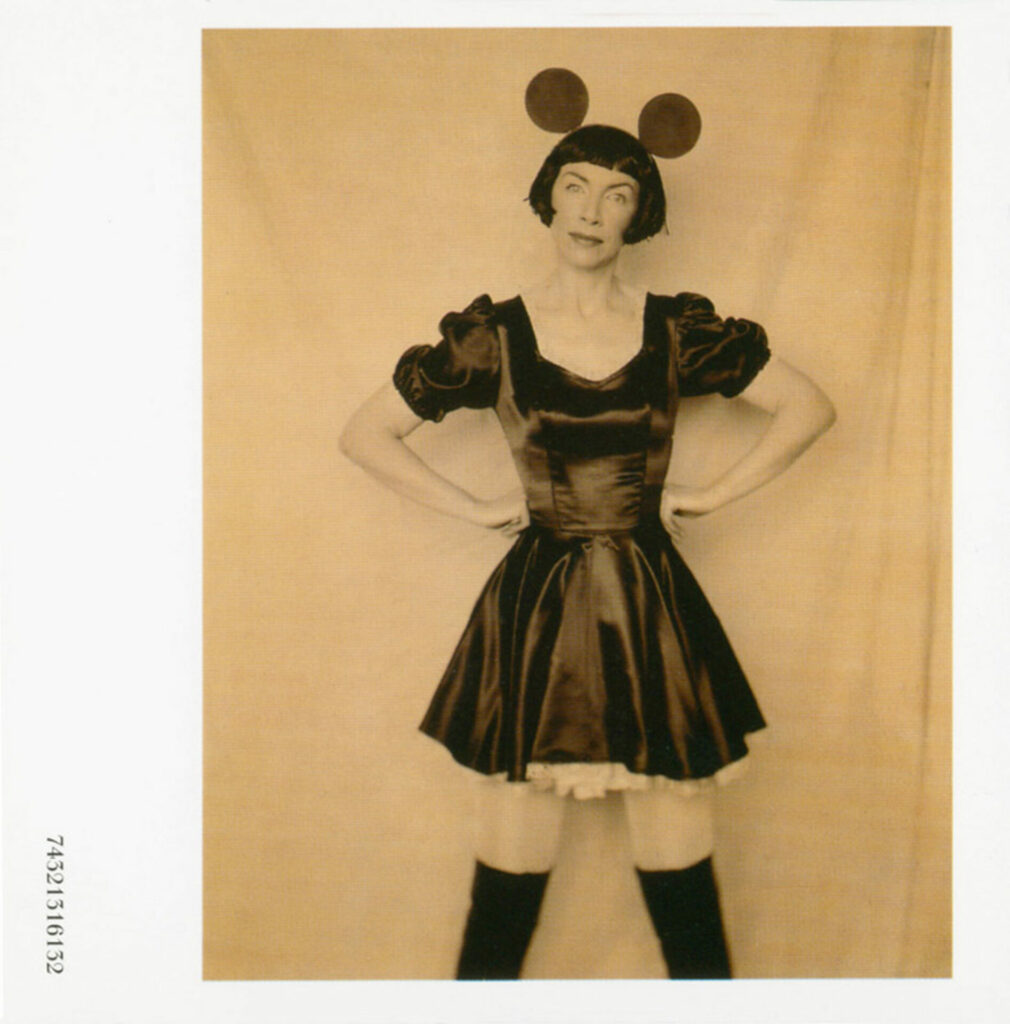
Asked what she feels about the ongoing attacks on trans identities, Lennox is keen to lend her support to the community. “As I’m not a trans woman, I can’t know what that lived experience feels like. All I know is that trans people have lived in the shadows, in the darkness, in the margins of life forever and that is very cruel. It’s very unkind. And I would like to see society change, to be more open to differences in people. There is so much more that needs to be done and sometimes it takes something terrible happening for the world to wake up.”
“I want to contribute and be part of a better world – not just to sit in comfort and paint my nails”
Looking through the book as we talk, it’s hard not to be side-tracked by images of Lennox collaborating with other great artists, including Stevie Wonder, Aretha Franklin, Sting and more. Is it possible that there’s one artist closer to her heart than the others?
“David Bowie is the one that instantly springs to mind,” she says. “When I was 17, Bowie was already reinventing every rule in the book, an other-worldly creature on the front of album covers Ziggy Stardust, Diamond Dogs or A Lad Insane! He was a visionary extraordinaire and an inspiration for lost teenagers like me, who longed to escape grey suburban entrapment. To have an opportunity to work with him was like catching lightning in a bottle.”
With all the evident star dust effervescing from the pages, a cursory glance might suggest Lennox’s life has been all rock ‘n’ roll. But take a slower look through and she mentions the challenge of juggling her career with motherhood – her daughters Lola and Tali are now both in their 30s. “I tried to balance my time between work and home but it wasn’t easy. I did always try to make up for what I didn’t have in my own childhood; I think hugging is very important, along with telling your children you love them. When I was a child nobody hugged or kissed. Now my favourite thing in the world is to spend time with my girls, just hanging out together and chatting!”
Lennox continues that being a mother has influenced how she views the world in many ways and has made her deeply empathetic to the plight of women in many parts of the world where access to basic rights is not a given. It’s one of the key reasons that she has become such an energetic activist.
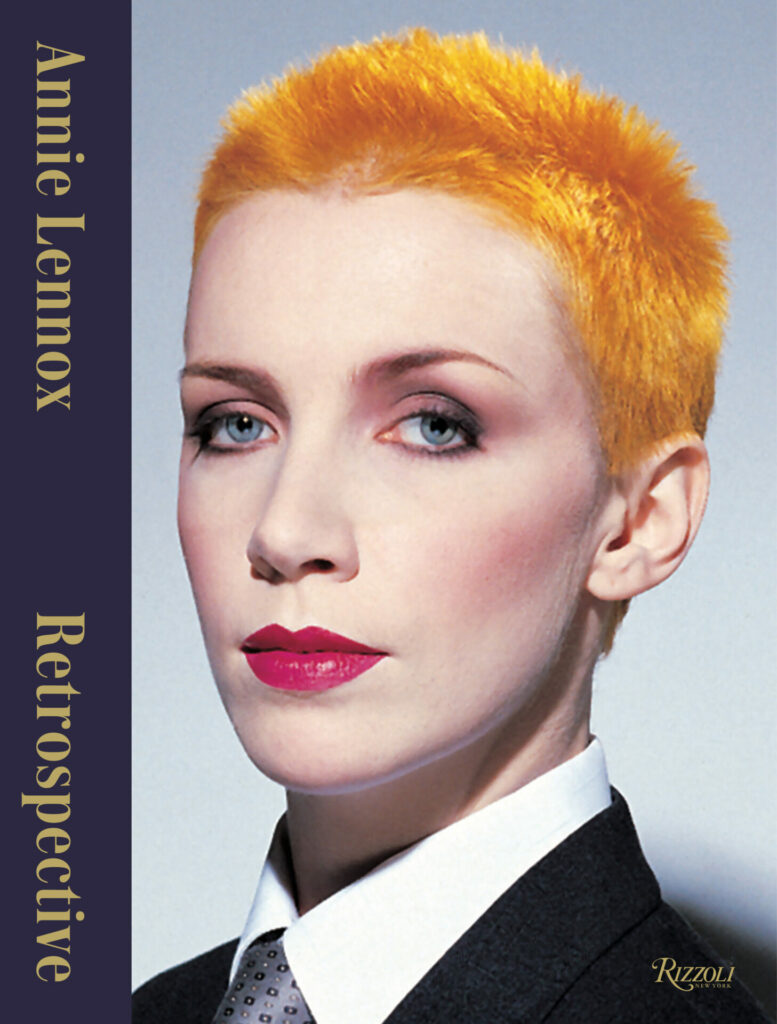
“I want to contribute and be part of a better world – not just to sit in comfort and paint my nails,” she says. “I got the opportunity to visit projects around the world with 46664, Comic Relief and Oxfam. I met women and girls who had been disempowered and abused, women living with HIV whose suffering was inconceivable. All these encounters had a profound impact on me. Founding The Circle NGO, was in response to that. Our vision is to help create equal opportunity for women and girls around the world by partnering with innovative projects at grassroots level – sharing experiences, harnessing skills, drawing on resources and influence. Global feminism is our charted course.”
“It took some time, but I am joyous and freer now to live in a happy, loving relationship”
Such is Lennox’s sense of mission to grow The Circle that it’s what forces her to exercise several times a week, when she’d much rather be lazy and lie in bed all day eating chocolates, she says jokingly. She’s mindful that now into her eighth decade her health is the biggest giftand she wants to preserve it to allow her the energy to focus on what’s important to her.
Gratitude too is what she feels for meeting her third husband Dr Mitch Besser, founder of the charity Mothers2Mothers. The couple married in 2012 and Lennox describes him as her “life partner”. “It took some time, but I am joyous and freer now to live in a happy, loving relationship.”
Not that life since turning 70 on Christmas Day last year hasn’t been without its surprises, as Lennox reveals her very recent ADHD diagnosis in the book. “I put myself in for a test and passed with flying colours!” she says. “I kept reading about it on Instagram and listening to interviews and realised I had all the described characteristics. I’ve always found it difficult to sit still or to concentrate. When I was a kid, I was constantly being told off for daydreaming as if it was a crime. I’m drawn towards anything that’s shiny, sparkly and colourful – even talking about colour makes me feel excited.”
No wonder then that colourful images are what typify the majority of those she’s chosen for Retrospective, a project she’s loved working on. “Doing this book has been part of myjourney. It’s been amazing to look back at things that I really never stopped to savour on the way.”
Retrospective by Annie Lennox, published by Rizzoli, £50, is out now
